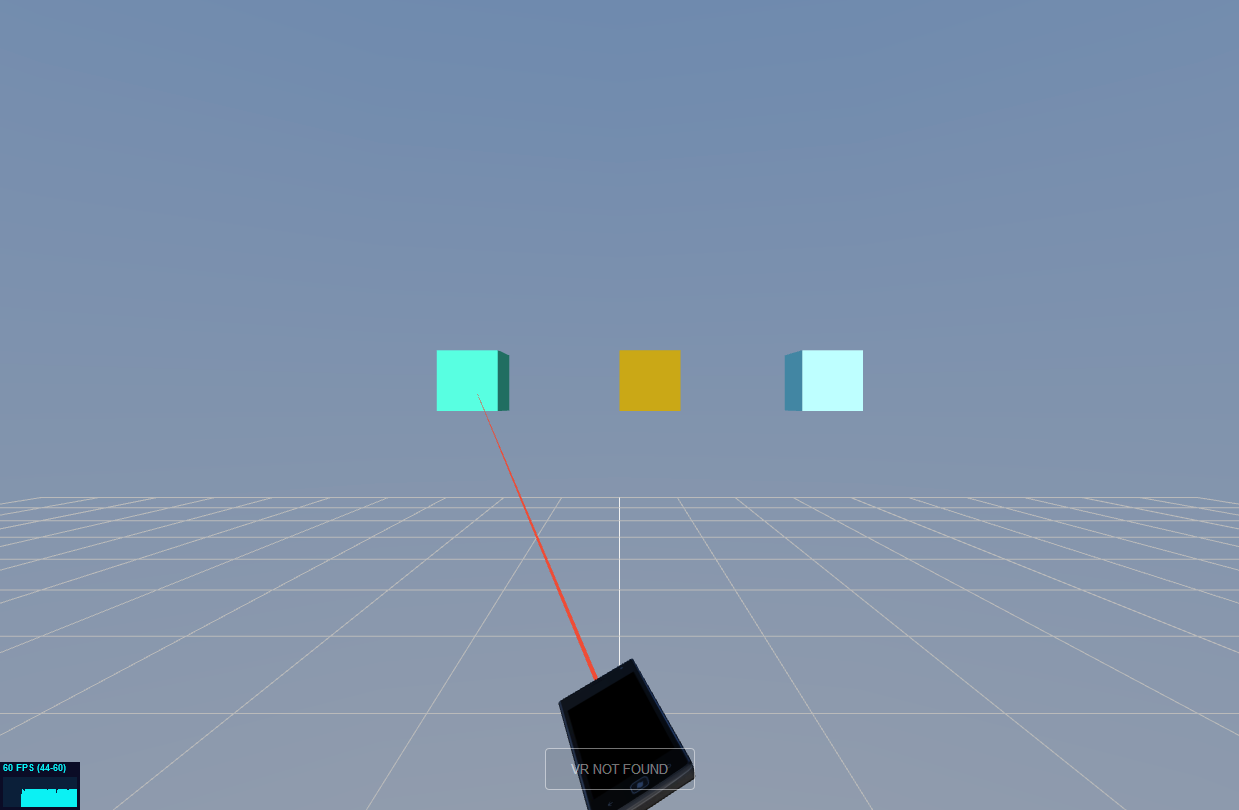Author: | Michael Lohr, B.Sc. |
|---|---|
| Supervisor: | Prof. Gudrun Klinker, Ph.D. |
| Advisor: | Sandro Weber, M.Sc. |
| Submission Date: | September 15, 2019 |
Abstract
Virtual Reality is an emerging medium that enables presence and interactivity in a three-dimensional space. Conventional input devices like a mouse or a keyboard are made for two-dimensional environments. They require complex movements to complete tasks in a three-dimensional environment. Most people own a smartphone that they use on a daily basis. Such phones have a variety of different sensors already built-in, feature wireless capabilities, and are able to run custom software. This makes them affordable general-purpose devices. A virtual representation of the phone can be displayed in a Virtual Environment using the orientational sensors. Therefore they are suitable to use as interaction devices for Virtual Reality. In this thesis, three interaction examples are presented to verify that a smartphone can be used as an input device for Virtual Reality. A model viewing application, a pointing tool, and a virtual keyboard were implemented and evaluated. The networking framework Ubi-Interact is used to make the proposed experiments reusable and abstracted from device-specific environments. It connects the devices together and provides an extensible protocol that was adjusted to the needs of the experiments presented in this thesis.
Screenshot of the laser pointer experiment.
Conclusion
To show that the smartphone is a valuable device for interacting with Virtual Reality, typical input methods used in Virtual Reality were explored and evaluated. A study showed that all three experiments, the model viewer, the laser pointer, and the virtual keyboard experiment, were quite useable.
Three-dimensional models can be viewed with the model viewer experiment. In the evaluation, most participants agreed that this input method is intuitive and effective to operate.
The laser pointer is used to select elements in a or for similar pointing tasks. This experiment scored the highest amongst the ones presented in this thesis.
The virtual keyboard experiment solves the problem of typing text while being immersed in a Virtual Environment. While the model viewer and the laser pointer scenario reached a very high score, the virtual keyboard scored slightly lower.
To show that the smartphone is a valuable device for interacting with Virtual Reality, typical input methods used in Virtual Reality were explored and evaluated. A study showed that all three experiments, the model viewer, the laser pointer, and the virtual keyboard experiment, were quite useable.
Files
Thesis
LaTeX source and evaluation data: GitHub
